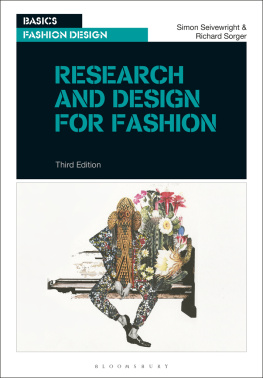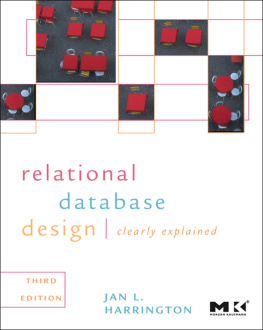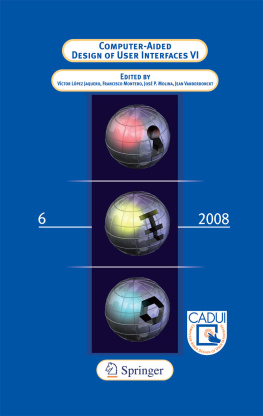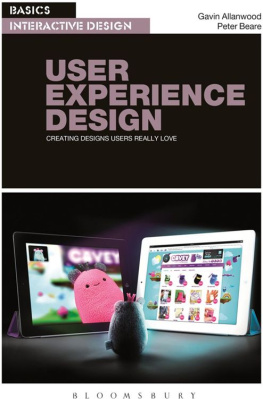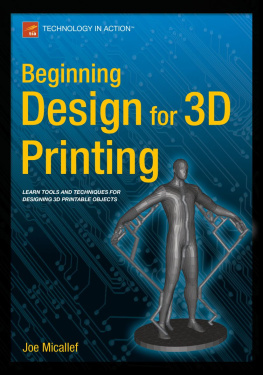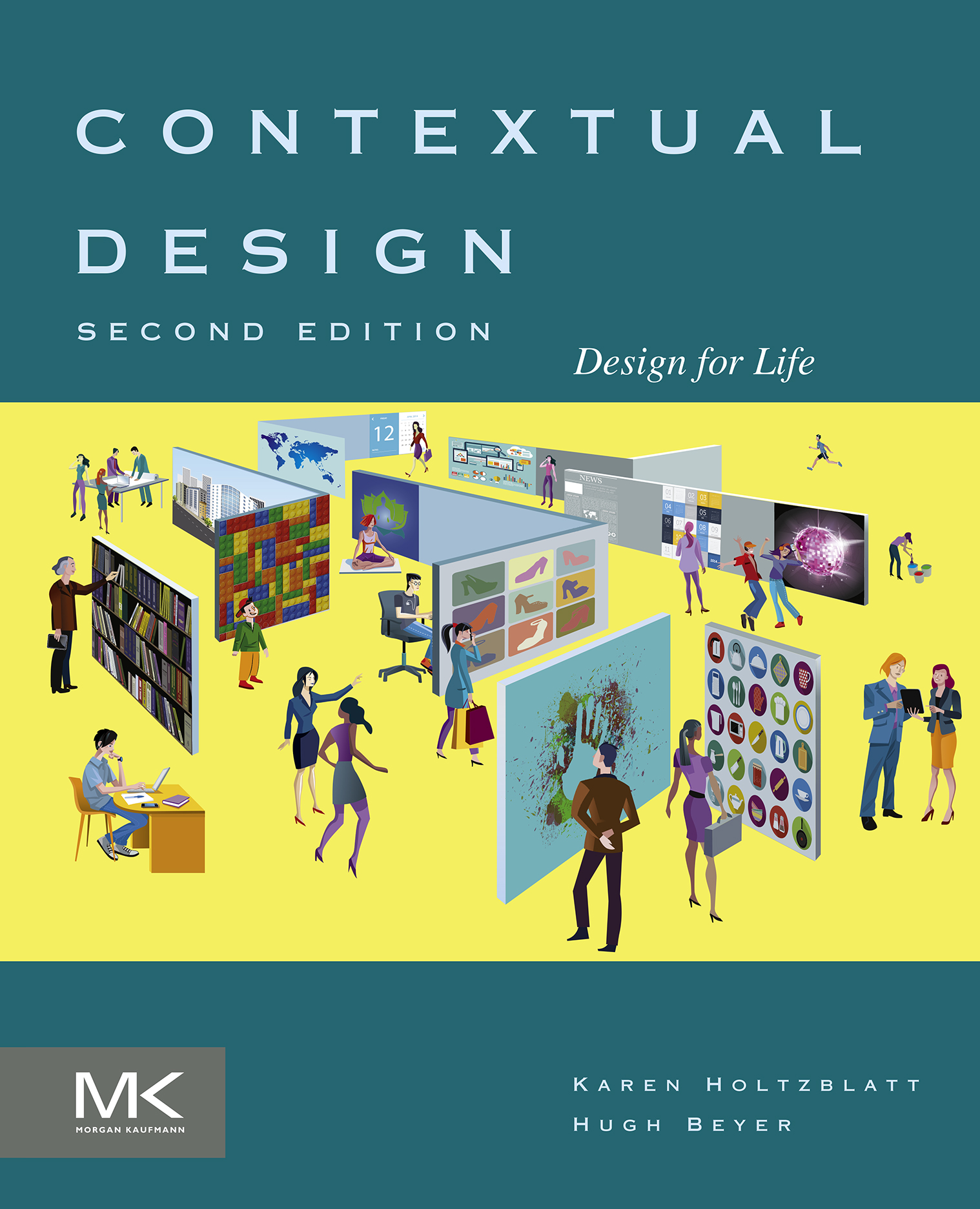Table of Contents
List of Figures
- Figures in 1
- Figures in 3
- Figures in 4
- Figures in 5
- Figures in 6
- Figures in 7
- Figures in 8
- Figures in 9
- Figures in 11
- Figures in 13
- Figures in 14
- Figures in 15
- Figures in 16
- Figures in 17
- Figures in 18
List of Tables
Landmarks
Contextual Design
Design for Life
Second Edition
Karen Holtzblatt
Hugh Beyer
InContext Design
Table of Contents
Copyright
Morgan Kaufmann is an imprint of Elsevier
50 Hampshire Street, 5th Floor, Cambridge, MA 02139, United States
Copyright 2017, 1998 Elsevier Inc. All rights reserved.
No part of this publication may be reproduced or transmitted in any form or by any means, electronic or mechanical, including photocopying, recording, or any information storage and retrieval system, without permission in writing from the publisher. Details on how to seek permission, further information about the Publishers permissions policies and our arrangements with organizations such as the Copyright Clearance Center and the Copyright Licensing Agency, can be found at our website: www.elsevier.com/permissions.
This book and the individual contributions contained in it are protected under copyright by the Publisher (other than as may be noted herein).
Notices
Knowledge and best practice in this field are constantly changing. As new research and experience broaden our understanding, changes in research methods, professional practices, or medical treatment may become necessary.
Practitioners and researchers must always rely on their own experience and knowledge in evaluating and using any information, methods, compounds, or experiments described herein. In using such information or methods they should be mindful of their own safety and the safety of others, including parties for whom they have a professional responsibility.
To the fullest extent of the law, neither the Publisher nor the authors, contributors, or editors, assume any liability for any injury and/or damage to persons or property as a matter of products liability, negligence or otherwise, or from any use or operation of any methods, products, instructions, or ideas contained in the material herein.
Library of Congress Cataloging-in-Publication Data
A catalog record for this book is available from the Library of Congress
British Library Cataloguing-in-Publication Data
A catalogue record for this book is available from the British Library
ISBN: 978-0-12-800894-2
For information on all Elsevier publications visit our website at https://www.elsevier.com/

Publisher: Todd Green
Acquisition Editor: Todd Green
Editorial Project Manager: Anna Valutkevich
Production Project Manager: Punithavathy Govindaradjane
Designer: Greg Harris
Typeset by TNQ Books and Journals
Acclaim for Contextual Design: Design for Life
At GM, we are committed to putting the customer at the center of everything we do. By better understanding our customers, Contextual Design helps us drive innovation and design for their needs today .
Mike Hichme Director, Vehicle User Interface
If you are going to the rainforest, you need a guide. Contextual Design has been that guide at Autodesk.
Amar Hanspal Senior Vice President, Products, Autodesk
At Wolters Kluwer, a global technology, software and professional information services company, one of our core values is to Focus on Customer Success. With customers at the center of what we do, we leverage Contextual Design as one of our core customer insight techniques. For years weve used Contextual Design as a best practice for driving innovation and designing award-winning products for our customers including professionals in the tax, accounting, audit, health, legal, regulatory, government, risk and compliance fields .
Karen Abramson Chief Executive Officer, Wolters Kluwer Tax and Accounting
For many years, Holtzblatt and Beyer have been pioneers in the field of human-computer interaction, showing how the context of computer use can be (and needs to be) the central focus of analysis and design. This book conveys the understanding and wisdom that they have gained from their experience in Contextual Design in a form that is accessible to students and design practitioners. It has been updated to reflect the new realities of interacting with computers, as people move to mobile and ubiquitous computing. It will serve as a guide and handbook for the next generation of interaction designers, and as a result we can expect the usability and appropriateness of computer systems to be continue improving.
Terry Winograd Professor Computer Science, Stanford University
Dedication
To all the teams we have worked with to all the employees of InContext to all the professors who taught Contextual Design and all their students to the industry for valuing user centered design.
Acknowledgments
When we first started our consulting business we said wed run the company until we put ourselves out of businessuntil the industry come to accept the primacy of user data in the design process and indeed, the primacy of product design itselfdeliberate design of the structure of the product and the user experience. Well, InContext is still in business today but our goals have largely been metthe field of user experience design is real and companies know they need this function. Not every company has the skill and not every product or IT organization knows the power of designing with databut they know that it is now an expected part of product design. Much has happened in the last 19 years since the first book was printed.
This kind of industry change only results from a grassroot movement. We have provided an effective, repeatable process that works for teams. We have been spokespersons for user-centered design techniques and for our new techniques that help teams create a cool user experience. But our efforts and presentations alone would never have transformed the industry. We have been humbled and excited by the number of universities now using our books as core to their curriculum. We have been blessed by companies hiring us to help their teams learn the techniques. We have been honored with recognition of our contributions. But without the user researchers, user interface designers, marketers, product managers, directors, and all the rest taking up the methods and using them on real projects, little in the industry would have changed. We extend our deepest gratitude to the academics and practitioners who have helped to spread the word and used the processes in their own work. We know that you tune the process to your needsthats to be expectedbut you have taken on the core tenants of user-centered design, and we are thankful that you think that our techniques can help you deliver wonderful and successful products.


